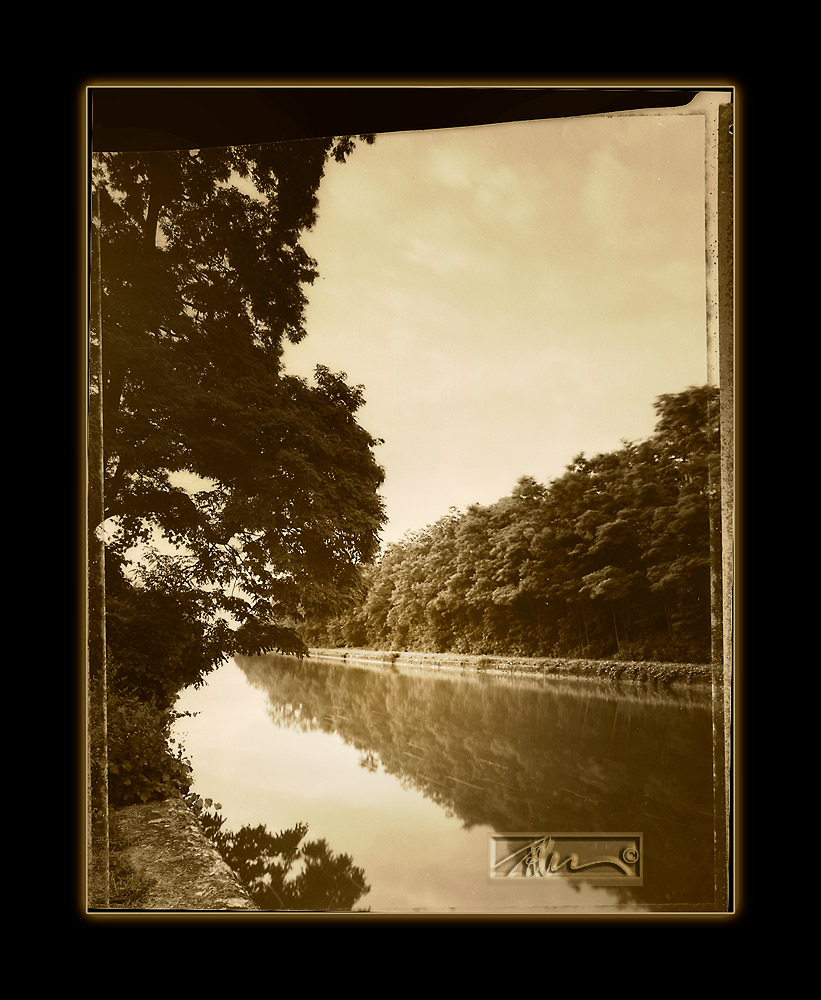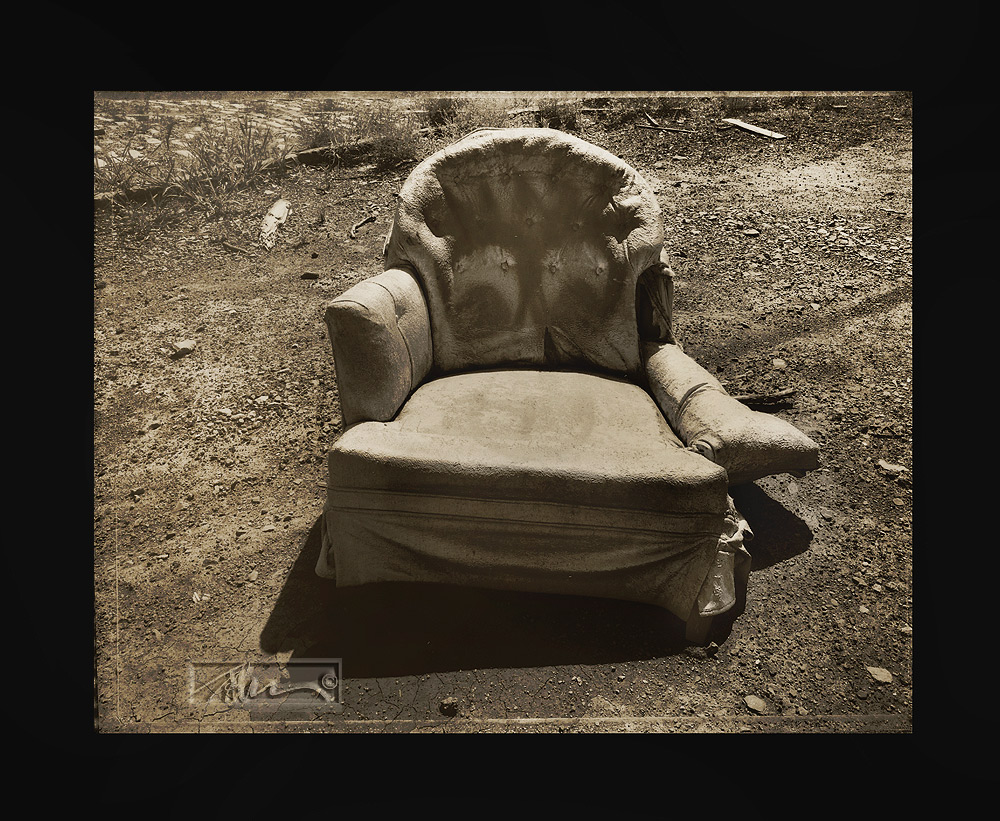The scanner seems to be a forgotten piece of digital paraphernalia. It appears to have taken a backseat to other more exciting imaging technologies that are available today. But lately, I have found that it is still a great tool in my digital studio.
To be honest, I haven’t used my scanner that much in recent memory for the purpose of making photographs. It has been useful for many other tasks such as making digital copies of important documents, scanning a few images for articles or as a way to create hand written text for a few Photoshop collages I’ve done. It has not been used much to scan my old images.
Currently, I have what some may think as an old machine. I bought it perhaps eight years ago. At the time it was a great scanner. I think it still is. For me, it makes amazingly good scans. It does what I need it to do. It does its job when I need it done and it does it very well.
However, for the most part, it sits there waiting for something to do. It sits there in the dust that is the worst enemy of a good scan.
It has sat there up until now.
I have begun a long awaited task of scanning in some of my best negatives and transparencies for digital output to print, further correction and newly possible manipulation. It is an exciting, but time consuming and challenging endeavor. But, it will pay off big time with new work.
At the moment, I am working on 4×5 work I did in the 1990’s and medium format imagery from the 1980’s. Soon, I hope to tackle an enormous collection of 35-mm images and a handful of 11×14 negatives shot during my film days. Oh, and I have a ton of old Polaroid shots to scan as well.
It seems to me, that the scanner has taken a back seat as a way to produce photographic artwork. So, I’ve decided to change my ways and begin making use of my investment in the scanner as well as all those images I have in archival sleeves. In the process, I have discovered a ton of old work that I had forgotten I had shot. I am excited again by the work I used to do. I am also excited to see what else it might become.
In the process, I have found many images that will more than likely be repurposed into new photographic pieces. I have rediscovered a treasure of imagery that otherwise would be lost to oblivion. Oblivion is a pretty dark place for any image.
It has also spurred my interest in shooting film again.
The scanner is a strange animal in any photographic arsenal. It is actually a camera. It just doesn’t seem to be because it doesn’t look like one. But if you take one apart, you will find that it has a lens and a sensor of sorts. There are some, including myself who have hacked scanners into scanning back cameras with large format lenses. They can be used in ways that conventional cameras cannot and depending on how you might use it, the results can be a bit crazy and amazingly beautiful. The only big problem is that the scanner is a device that requires it to be tethered to an electrical outlet. To take one into the field means a long cord to your car converter or perhaps some kind of generator. I’m not sure if anyone has yet produced a flat bed scanner that runs on batteries.
A scanner can be used as a capture device in place of a normal camera. I have used them upside down to scan the ground or objects that are stationary. I once saw work of road kill that had been moved to a flatbed scanner (Xerox copier) where it was scanned in various stages of decay. The images were beautiful in spite of the unimaginable difficulties that such a subject might have caused the artist. Artists do what they need to do.
In the old days when I was learning digital, I spent hours working off of a scanner platen. For the most part, I used it as a camera platform for producing images of usually flat objects. I also used it to make art out of three-dimensional objects. At the time, the scanner could produce much bigger images than the cameras that were available. I was interested in the details as well as the flat lighting that scanners produce.
Back then, scanners were very slow because the computer technology was slow. There was also very little memory and not much in the way of disk space for bigger scans. I remember working all day long to achieve a single 20 megabyte image that was scanned from a film negative from a medium format panoramic camera. It took 20 some floppy disks to store the image. Internal hard drives were only 40-megs back then. Nobody can imagine any computer with so little. Yet, it was state of the art, which meant it was worth every minute to persevere. It was the new computerized digital darkroom.
Those starting out in digital today have no concept of what early digital was like. At times, I wonder how we ever got any images at all. It was that tough. But to us older bit-heads, it was also very exciting to realize that it was even possible to do. These days, it is all taken for granted. Perseverance is a lost art.
Scanners also come in other forms. In the past, one of the best ways to scan an image was with a drum scanner, or a dedicated film/slide scanner. Drum scanners offer amazingly good scans at very high resolution. However, they are somewhat tedious to use and require certain skills to reduce dust, Newton rings and other scanner anomalies. These methods are still quite expensive and are usually reserved for high end users who shoot large format film. I have had a number of different scanners available to me through my work at Kodak, places I have taught and when I was first learning at RIT. I think I have used nearly every kind there is. Some are great and others are not so much. But they all have produced interesting results.
Without getting too deep into the art of scanning, I simply wanted to point out the usefulness of the scanner as a device to make and reproduce images for digital photography. For me, film is the other digital. The scanner is one of the ways to bring it home to the computer.
I’m mousing back to the scanner screen now. My scan is complete.
.
You can read about my book “Rethinking Digital Photography” here.
Please have a look at some of my other posts here.
NOTICE of Copyright: THIS POSTING AS WELL AS ALL PHOTOGRAPHS, GALLERY IMAGES, AND ILLUSTRATIONS ARE COPYRIGHT © JOHN NEEL AND ARE NOT TO BE USED FOR ANY PURPOSE WITHOUT WRITTEN CONSENT FROM THE WRITER, THE PHOTOGRAPHER AND/OR lensgarden.com. THE IDEAS EXPRESSED ARE THE PROPERTY OF THE PHOTOGRAPHER AND THE AUTHOR.




